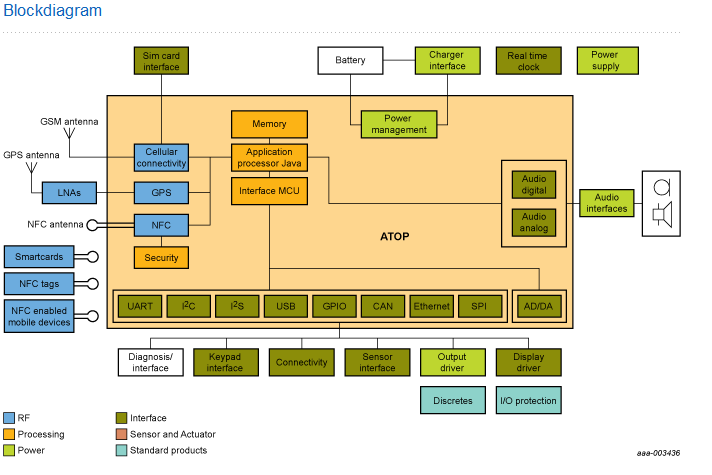
More efficient propulsion systems, lighter mechanics, and aerodynamically optimized car shapes help reduce the consumption of new cars. There is another approach which can significantly influence fuel consumption and CO2 emission. By modifying conscious and anticipatory driving patterns brings a significant potential for saving – just look at the trend of hypermiling.
Sophisticated telematics solutions can support the driver by collecting and pre-processing information about the car, route and traffic situation. This can be achieved by linking sensors, navigation data, motor and power train ECUs together with external and infrastructure information.
With NXP's portfolio of transceivers, sensors and PowerMOS, much of this is already in place with advanced transmission, stop-start and EPS systems. Providing the integral link is NXP's Automotive telematics onboard unit platform (ATOP). A highly integrated cost efficient telematics system, it has been optimized on cost, form-factor, in-car connectivity and power-consumption, with completely integrated standard software and GSM pre-certification. Multi-service capable, it can serve applications in parallel like eCall, intelligent traffic management and Car-2-Infrastructure communication.
In the most complex stage such an Eco-Telematics system supports the driver with control applications actively to operate and manage the car and driving patterns. Depending on route profile and road conditions the control appliance will optimize the driving route, acceleration and deceleration for the lowest consumption, dynamically managing shift points and motor operating range. Charging and recuperation cycles for hybrid cars could also be managed by such systems.
Download Full Block Diagram Below
Advertisement

Learn more about NXP Semiconductors





